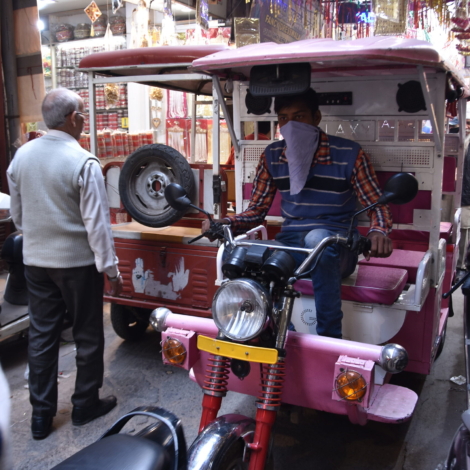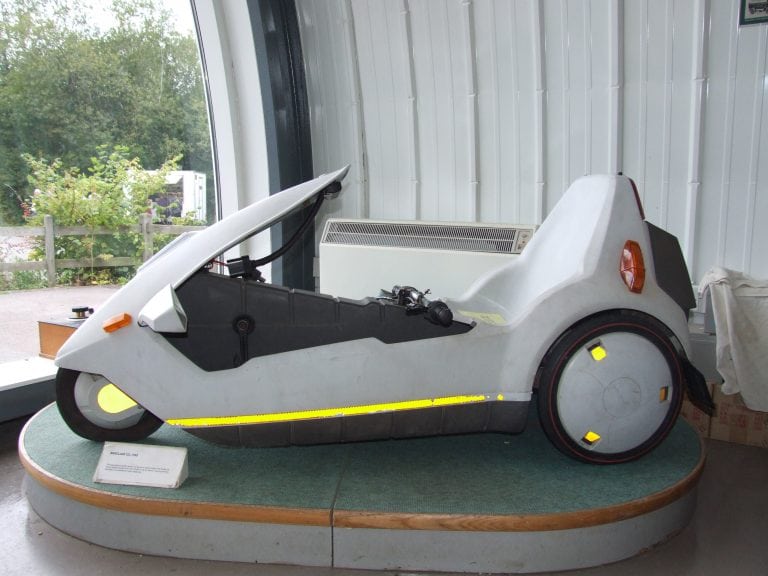Creative services for electric vehicles are transforming India into a hub for innovation in clean transportation. Companies that offer battery swapping services for two- and three-wheeled vehicles are making purchases more accessible. Buyers can purchase vehicles without the battery, which cuts the price in half. Drivers can pay for electricity on a subscription basis and swap dead batteries for charged batteries at kiosks. The process is faster than filling up a gas tank.
“Our Swapping Solution features smart automated stations connected to the cloud, facilitating quick swaps between discharged and charged batteries,” Dr. Prabhjot Kaur, Co-Founder and CEO of Esmito Solutions, which is based in Chennai in Tamil Nadu, India, told E4C. Esmito sells software and infrastructure to battery-as-a-service operators, and has supported the installation of 230 swap stations thus far.
This model is opening up a huge market in India. While car ownership is still low, motorcycles and rickshaws are selling and leasing at a rising pace. In 2023, electric vehicle (EV) sales topped 1.5 million, a 50 percent jump from 2022, Careedge reports. EVs made up 6.38 percent of all auto sales in India in 2023, up from 1.75 percent in 2021. Two-wheelers and three-wheelers saw 37 percent and 66 percent growth, while passenger vehicles grew by 113 percent and commercial vehicles by 169 percent.
In 2024, sales are expected to top 2 million. By 2035, 35 percent of vehicle sales in India could be electric by 2035 and 50 percent by 2070. That could cut energy demand by 30 percent by 2050. Reduced energy demand in India and a conversion to renewable energy sources would have an outsized impact on global carbon emissions. The country is the third largest emitter of carbon dioxide today, trailing only China and the United States.
We asked Dr. Kaur about the challenges facing battery swapping services in India, where the services are headed in the future and what kind of support companies will need.
E4C: What are the technical challenges in building a battery swapping enterprise?
PK: As we serve the Indian market, our primary technical challenge stems from the lack of standardization in swapping systems. Without uniform specifications, creating universally sized stations with common connectors becomes impractical. Additionally, communication protocols between batteries, vehicles, and chargers remain non-standardized. Consequently, we must tailor solutions for each client, accommodating various combinations.
Looking ahead, evolving technological standards would allow us to extend these solutions to the B2C market—an essential step in countries like India, where 2-wheelers constitute over 85% of the vehicle mix. Our unwavering focus is on making EV refuelling smoother, safer, quicker, and more economical through our innovative swapping solution.
E4C: What are the biggest non-technical challenges?
PK: Policy and Incentives: While standardization is critical, policy support is equally vital. Unfortunately, proper policies for battery swapping services are lacking. The Indian government’s FAME scheme subsidizes public charging infrastructure but doesn’t incentivize swapping operators. This disparity hinders the proliferation of swapping solutions.
GST Parity and Taxation: The tax structure poses challenges. Vehicles with batteries attract a 5% Goods and Services Tax (GST), while those without batteries face an 18% GST. Additionally, batteries themselves are taxed at 18%. This discrepancy affects both vehicle buyers and battery operators.
E4C: Where is this sector headed?
PK: In the foreseeable future, I anticipate a dual trajectory for the electric vehicle (EV) sector, wherein both charging and swapping solutions will coexist.
For larger vehicles like cars, bus, trucks, the only good option is charging moving towards fast charging. These 4W vehicles have large space to accommodate large fast chargeable batteries. For 2W and 3W especially in commercial context, swapping emerges as an excellent solution. The delivery partners are not willing to wait for charging even for ten minutes. Technically for the kind of 2W we talk about for deliveries, making batteries with good thermal management system to support 20 hrs of drive a day in a small battery pit size pose a big hurdle which is difficult to get fulfilled with fast charging. So I believe that the EV landscape will evolve with a harmonious blend of both charging and swapping approaches, ensuring smoother operations and efficient refuelling.
E4C: What kind of support do businesses like yours need?
PK: Companies like ours rely on robust support from investors and policymakers. The right policies, streamlined taxation structures, and standardized frameworks will accelerate the adoption of our solutions. Additionally, substantial investment in research and development (R&D) is essential for advancing solutions for newer chemistries, smarter battery management systems, and AI-enabled operations. Funding plays a pivotal role in driving innovation and propelling our industry forward.
SunMobility Battery Swapping Demo

